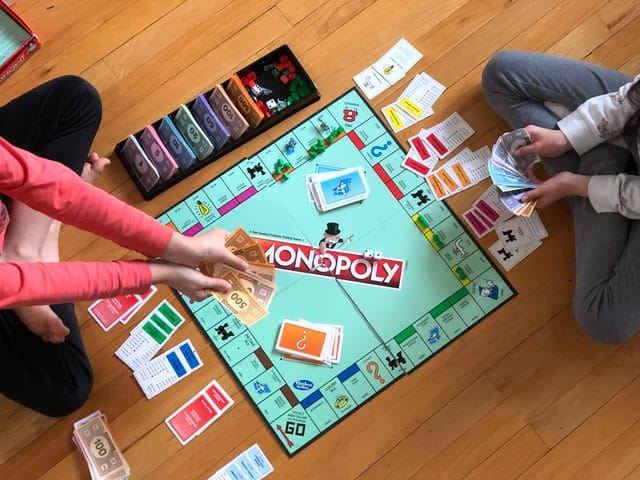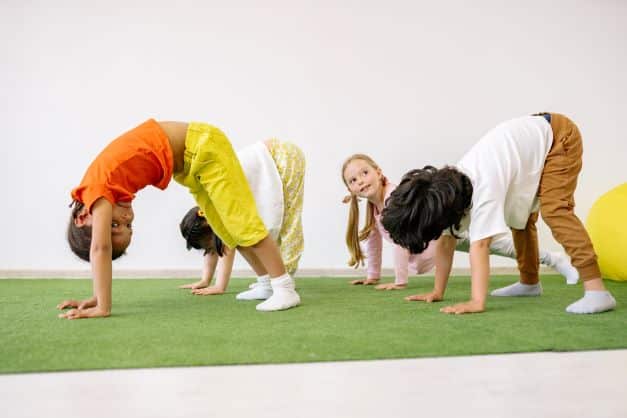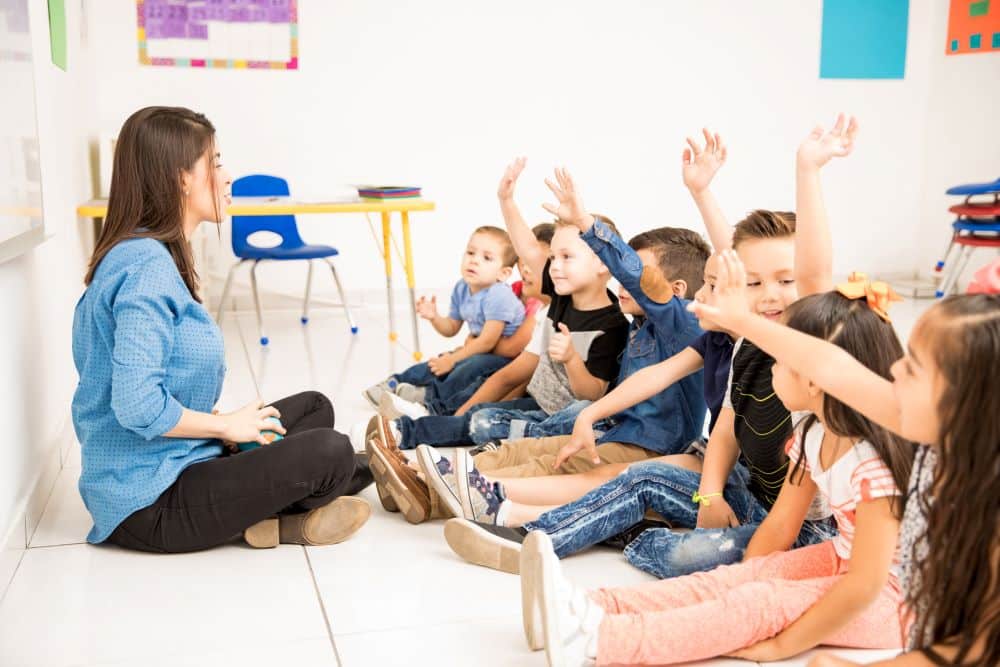Self-control is one of the most important life skills anyone can learn. By providing lessons that nurture self-control skills, parents and teachers can set children up for success later in life. (UsableKnowledge)
Classroom games are a great way to teach self-control as a social and emotional skill. Social and emotional learning skills that contribute to self-control help children succeed in academia and outside the classroom. In this article, we’ll explore the functions of self-control as well as self-control games and activities that apply those functions.
Self-Control Functions
First, it is necessary to understand the functions contributing to self-control. With an understanding of those functions, it’s possible to begin developing games and activities that create learning opportunities for children.
The functions contributing to the development of self-control are: (DevelopingChild)
- Working memory. This is when a person knows how to effectively store information in their mind and use it effectively when necessary.
- Inhibitory control. This is the ability to pause and reflect on compulsions and impulses. Inhibitory control is mastery over temptations, distractions, and behaviors that might develop into habits.
- Cognitive flexibility. Identifying priorities, adjusting perspective, and adapting to the demands of new situations are all under the umbrella of cognitive flexibility. A capacity for this mental resilience is a necessary part of self-control.
Incorporating practices for working memory, inhibitory control, and cognitive flexibility will be essential in creating self-control activities for students.
It’s a good possibility that parents and teachers already have activities and games in their resources that teach self-control. Many activities and games children find fun are already good teaching opportunities for self-control. They just need a little more context in order to become more effective self-control strategies for students.
Here are some self-control games that teachers and parents can use:
Self-Control Games
Card Games and Board Games

Card games and board games are excellent aids in teaching self-control strategies to students. Rule-based and goal-oriented card games and board games help children to practice using executive functions to achieve goals. At the same time, card games and board games are social. They put children in scenarios where they have to interact with other children to reach their goals. Children are well-served by practicing a habit of approaching problems with an understanding of how behaviors relate to results. (HBS)
For example:
- Card games require children to keep track of numbers and rules and exercise their working memory.
- Board games need fast decision-making in challenging situations.
- Games are built on strategic thinking, where a decision now relates to an abstract event in the future. These are especially valuable because children have to make decisions involving other people’s actions. Children will start to understand how their own choices relate to the decisions of other people.
- Complex rule sets. The mere practice of learning and playing within a complex set of rules gives children practice for higher functions.
Implementing these games with a more intentional approach will better teach self-control strategies. When children are playing, compliment how they are being cooperative and following rules. When they are frustrated, praise them when they aren’t having an outburst. This will help encourage them to continue having self-control while playing.
Physical Activities or Games
In addition to indoor activities, parents and teachers can use outdoor activities for teaching children self-control.
- Organized sports place children in situations that teach them higher cognitive functions. When children play sports they are regularly practicing the functions of self-control. Remembering rules and habits of play practices working memory. Avoiding cheating and channeling energy practices inhibitory control. Practicing ingenuity and imaginative solutions helps children with cognitive flexibility.
How much self-control children learn from physical activities like organized sports will depend on how those activities are framed for them. Organized sports already have all the teaching elements. They just need to be explained in a social and emotional learning context.
Music, Singing, Dancing, and Other Creative Pursuits

The discipline and emotional engagement of various creative pursuits create a positive learning context for self-control. Pursuing a creative discipline teaches children many higher cognitive functions. (Harvard)
For example:
- When children learn a musical instrument, it helps them practice self-monitoring and selective attention. Learning a musical instrument also teaches working memory as they memorize songs and practice using the instrument correctly.
- Musical classes can also provide social opportunities for children. Playing in a band or orchestra helps students to practice cognitive flexibility in order to cooperate with the other children.
- Dancing provides similar opportunities to practice higher cognitive skills that contribute to self-control strategies for students.
These creative activities, and others, provide students the ability to practice skills that contribute to self-control. Painting, writing, woodworking, sculpture–pretty much every creative activity has an element of disciplined goal-orientedness that helps children practice self-control. Teachers and parents can use all creative endeavors as social and emotional learning tools.
Stop, Breathe, and Think
Sometimes normal games aren’t enough to help students regulate self-control. In moments when students are having an emotional moment, they can be taught how to expel their energy in a positive way. Using the Stop, Breathe, and Think Technique children are taught to realize when their emotional balloons are full and retreat to a designated corner to control themselves. They can use fun breathing exercises like the bees breathing technique that James uses here to release that emotional energy.
Learn about creating a peace corner for your classroom or home here.
Social and emotional learning means everything to us over here at Soul Shoppe. We have developed teaching tools and techniques to help teachers and parents at school and at home. With tools like our Stop and Breathe Technique and our peace corner, we give educators everywhere the resources they need to help students with social-emotional learning. Click for information on SEL programs for elementary schools or social emotional homeschool electives.
You May Also Like:
Conflict Resolution Activities for Kids
Respect Differences Online Course
How to Teach a Child to Take Responsibility for Their Action

